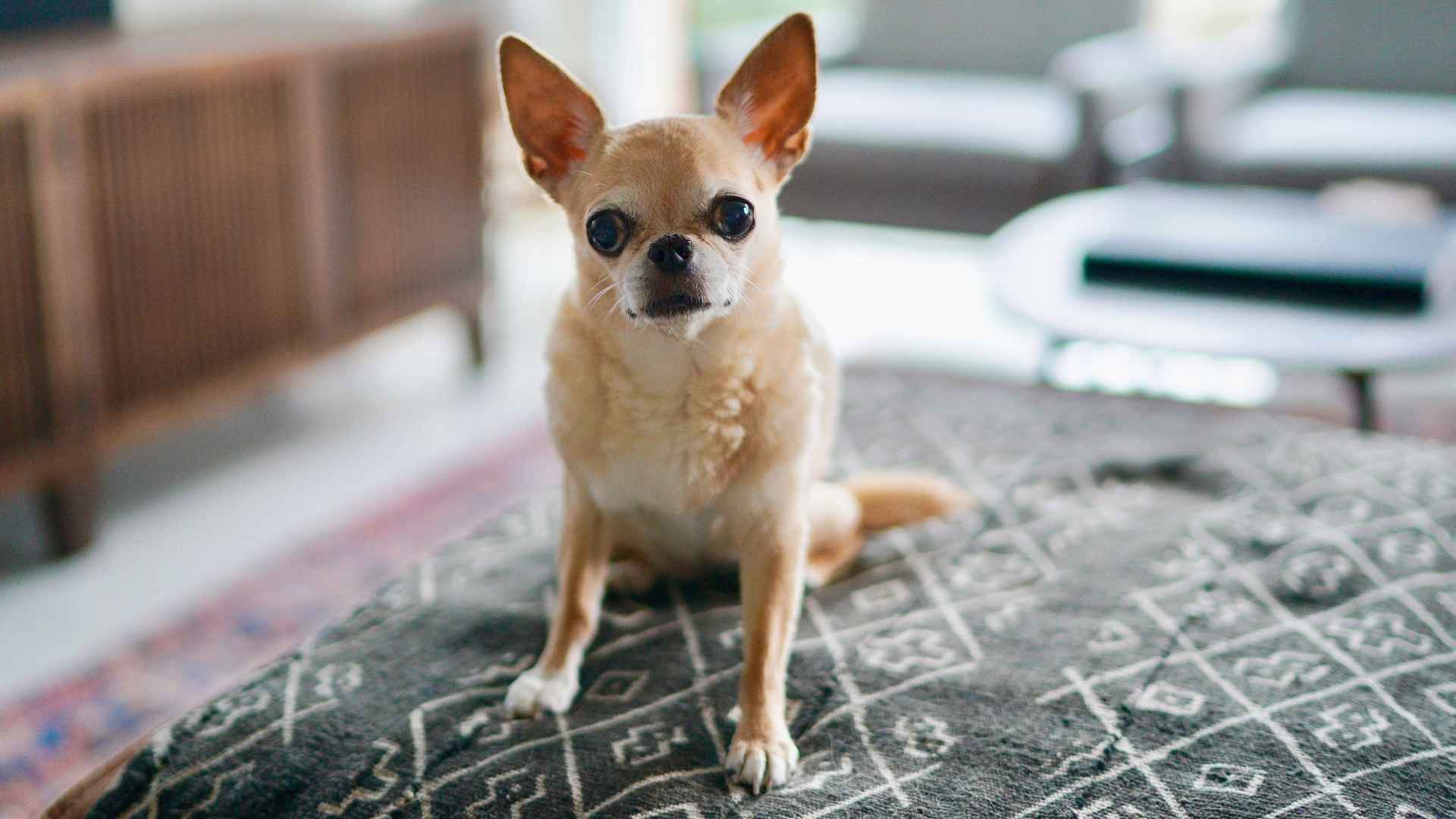Who says love has to come with a hefty price tag? While some most expensive dog breeds can cost a small fortune in upkeep, others are just as lovable without the luxury price. If you’re dreaming of dog ownership but working with a budget, you’re in luck—there are plenty of inexpensive dog breeds that are easy to care for, low maintenance, and full of heart.
The price of a puppy can vary based on several factors, including the breeder’s reputation, location, the puppy’s lineage, breed popularity, socialization efforts, litter size, training, and more. However, the good news is that these puppies tend to be relatively affordable.
These budget-friendly pups may not require fancy grooming or expensive food, but they’ll still give you endless tail wags, loyal companionship, and those zoomie-fueled laughs. From playful mixed-breed dogs to hardy hounds that thrive on simplicity, these dogs are proof that the best things in life aren’t things—they’re furry, four-legged, and affordable.
Whether you’re a college student, a family on a budget, or just a smart spender, the right dog is out there—waiting to shower you with love, not bills.
We’ll explore the most cost-effective dog breeds that won’t break your bank, including tips on adoption, training, and saving on vet care. Get ready to meet your new best friend—without draining your wallet.
Best Inexpensive Dog Breeds
1. American Foxhound
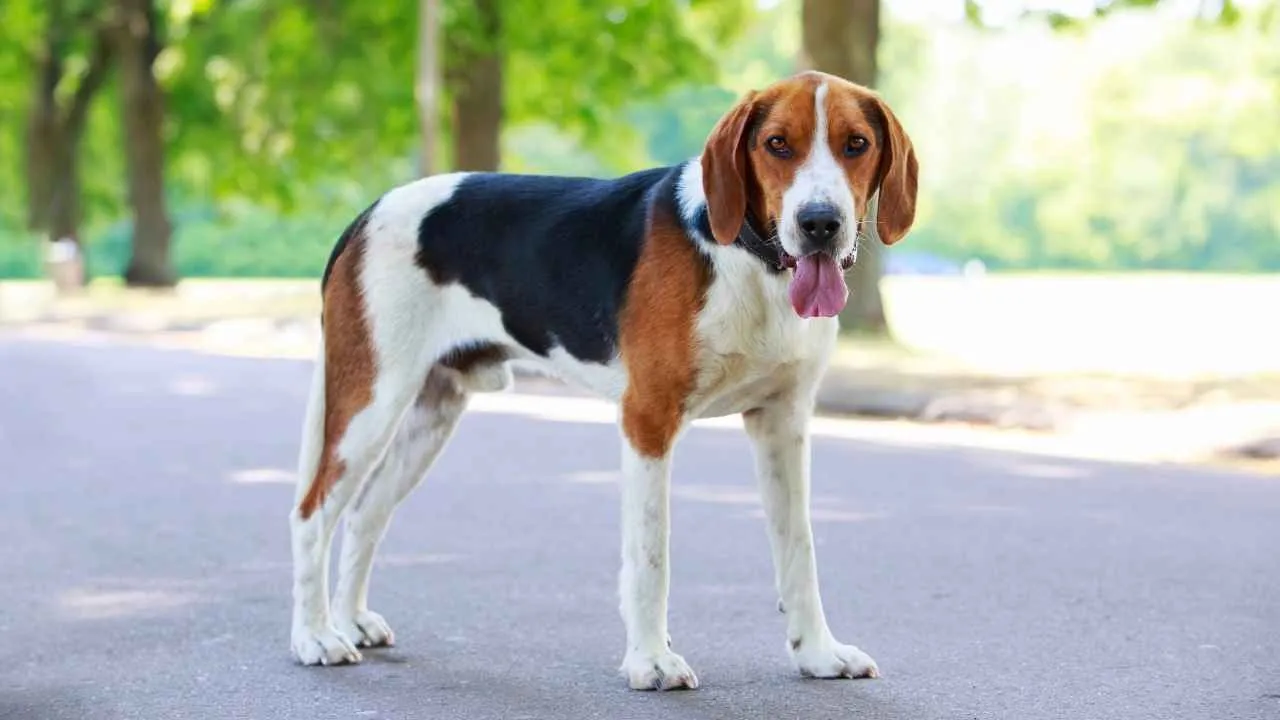
Originally bred for hunting, American Foxhounds excelled in blood sports such as fox hunting. They are one of the rarest dog breeds in the U.S., often mistaken for Beagles, but are larger, thinner, and taller.
While they are exceptional hunting dogs with impressive speed, they also make loyal companions. Known for their loud, musical, bell-like bark, their voices can carry over long distances.
Though they look like they belong in an English countryside painting, these dogs are surprisingly affordable. A registered pup can go for as low as $400, which is a bargain considering they’re the second-rarest breed in the U.S.
Inexpensive Perks
Low grooming costs
Minimal health issues
Happy with basic food and a good fenced yard
American Foxhounds are better suited for rural areas, as they are not ideal for city living. These hounds are generally healthy, have short coats that don’t scream “I need a salon day every week!”, and eat like… well, a medium-sized dog.
Plus, they’re independent thinkers – translation: sometimes they pretend not to hear you calling, but it’s just part of their charm. Without sufficient exercise (one to two hours daily) or companionship, American Foxhounds may develop undesirable behaviors such as destructive chewing, excessive barking, and baying.
2. Beagle

Oh, the Beagle. Part detective, part cuddle machine, and all heart. These small to medium-sized dogs are famously friendly, great with kids, and always seem to have their noses in someone else’s business (literally).
They’re loyal, friendly, and great for families, though they might occasionally use their bark like it’s a public announcement system. Expect to have a purchase price anywhere from $500 to $2,000 for a Beagle from a reputable breeder.
Not the cheapest dog on this list, but still a great bang-for-your-buck if you want a dog that’s always in detective mode and constantly hungry (mostly for snacks, sometimes for trouble).
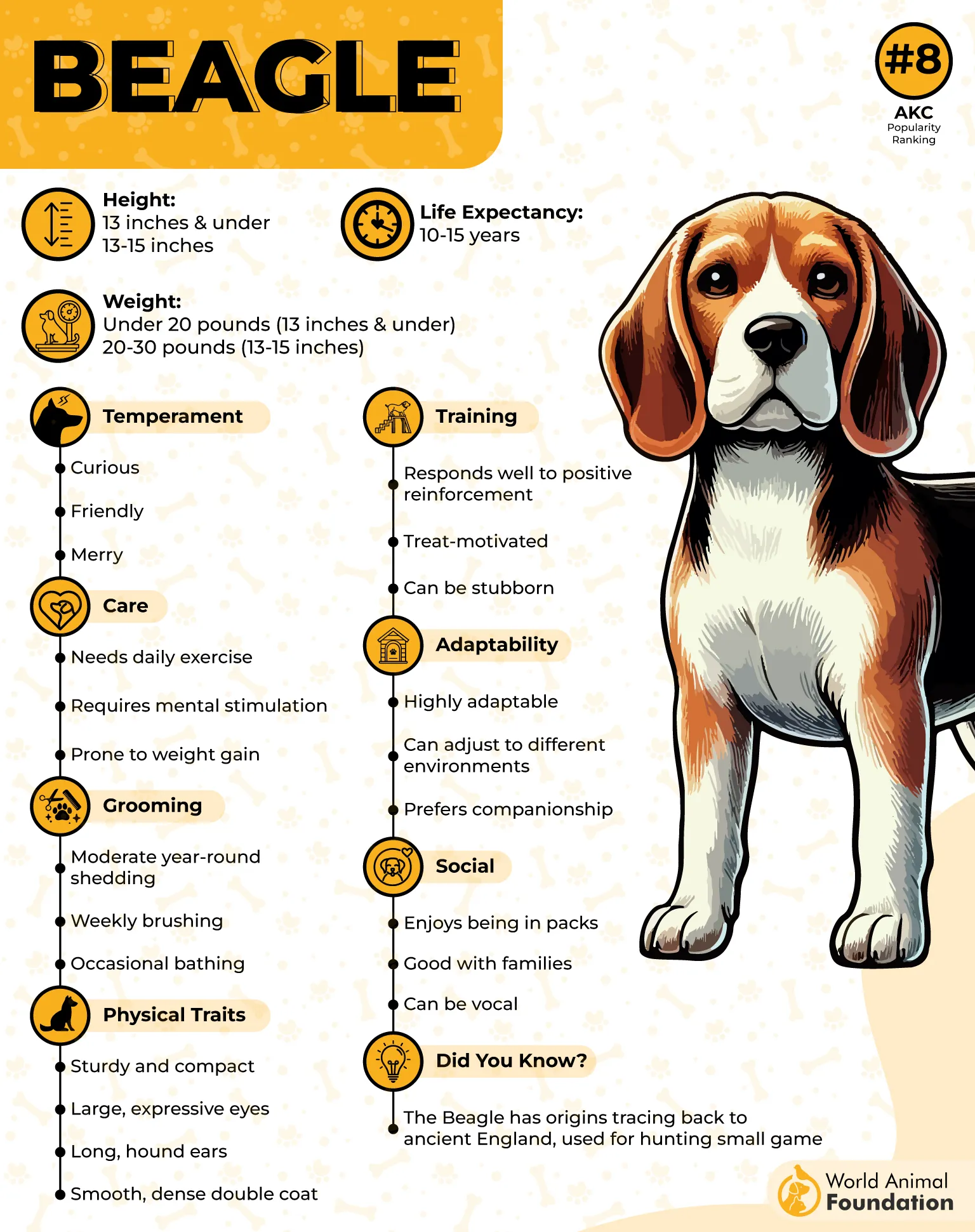
With their short low maintenance coats and robust health, Beagles don’t require frequent trips to the vet or groomer. And because of their size, they don’t eat you out of house and home. Be warned, though – they’re vocal, so you might get a built-in security system that howls at the mailman like he’s a pirate.
Inexpensive Perks
Low grooming and maintenance
Solid health for their size
Don’t need a castle—just a cozy corner and some snacks
Beagles make great companions for other dogs and even cats, especially when they are raised together from an early age. Thanks to their adaptability, Beagles can thrive in apartment living as long as they get regular on-leash walks several times a day, rain or shine.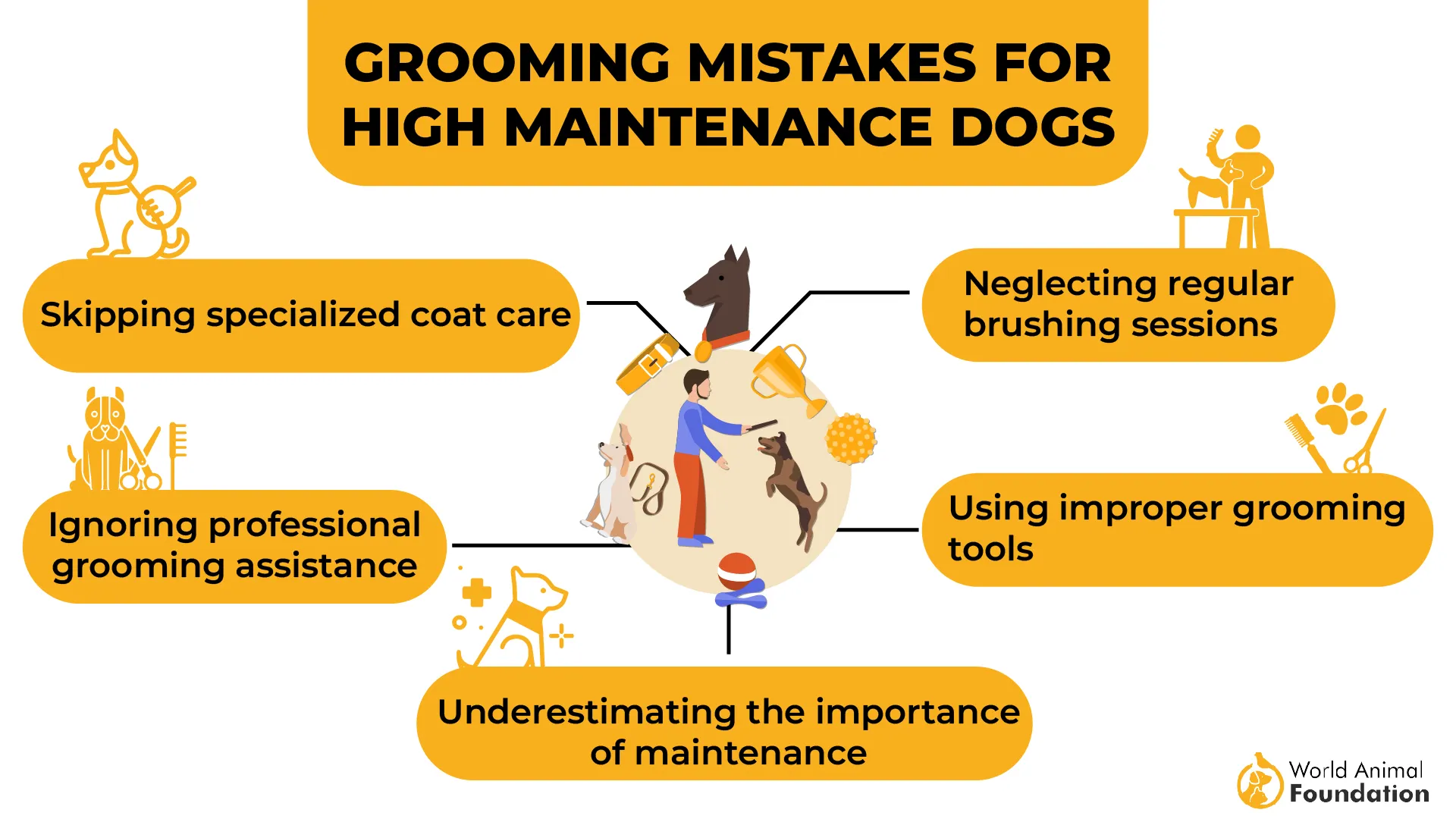
Beagles are still used for hunting today, but are also popular companion dogs. While relatively low-maintenance in terms of grooming, they require regular exercise—ideally one to two hours a day—to prevent boredom.
3. Border Collie

If Einstein were a dog, he’d be a Border Collie. These brainiacs are not just smart—they’re scary smart. Like, “I learned how to open the fridge, rearranged your pantry, and color-coded my toys,” kind of smart.
While black and white is the most common coloration, Border Collies come in a wide variety of colors, shades, and markings—including red, brown, tricolor, blue merle, and more.
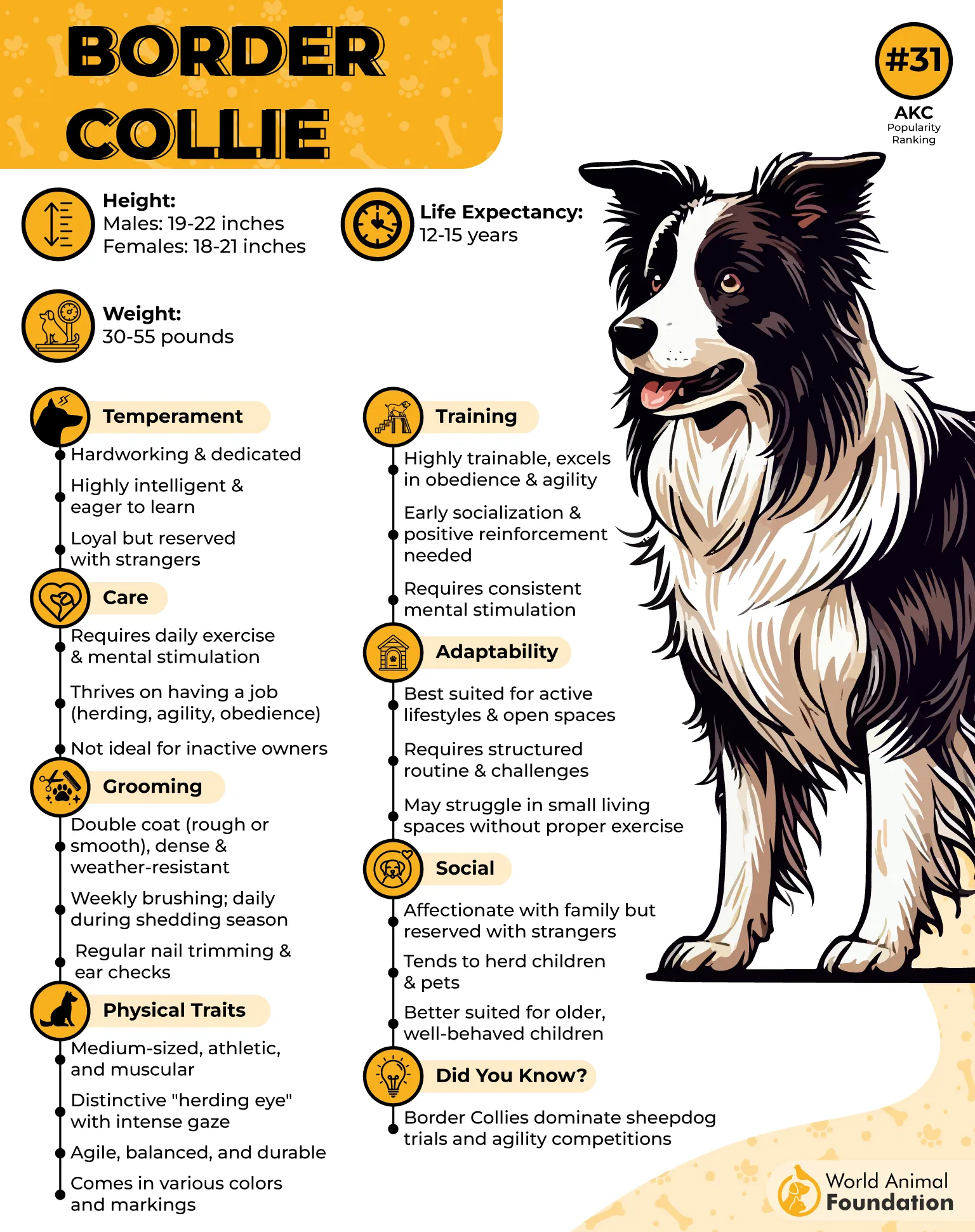
While show-quality pups with papers can cost you up to $4,500, pet-quality Border Collies with documentation can often be found starting at $600.
Border Collies typically live between 12 and 15 years and are generally a healthy breed. Nevertheless, like all dogs, they can be prone to certain health conditions as they age.
Inexpensive Perks
Low-cost grooming (a brush is your BFF)
Rarely sick, often brilliant
A working dog that earns its keep with smiles and tricks
Border Collies thrive with lots of mental stimulation and physical activity. When they’re young and full of energy, they typically need one to two hours of exercise each day. As they get older and possibly develop mobility issues like arthritis, about 30 minutes of daily activity may be enough.
These dogs aren’t high-maintenance when it comes to grooming or diet—what they really want is a job to do, even if it’s something simple like keeping an eye on the kids. It’s also important to begin training early, as their sharp minds can lead to destructive behavior if they’re not properly engaged.
4. Pug

If you’re looking for a dog that doubles as a stand-up comic, look no further than the Pug. These little squish-faced clowns are known for their hilarious expressions, snorting giggles, and general goofball energy. They thrive on love, nap time, and the occasional zoomie attack at 2 a.m.
Pugs are generally small, typically standing 10–13 inches tall and weighing between 15–18 pounds. Their friendly and loyal nature makes them a popular choice as pets. WebMD says that Pugs were bred as companion animals rather than working dogs, so they naturally seek human attention and affection.
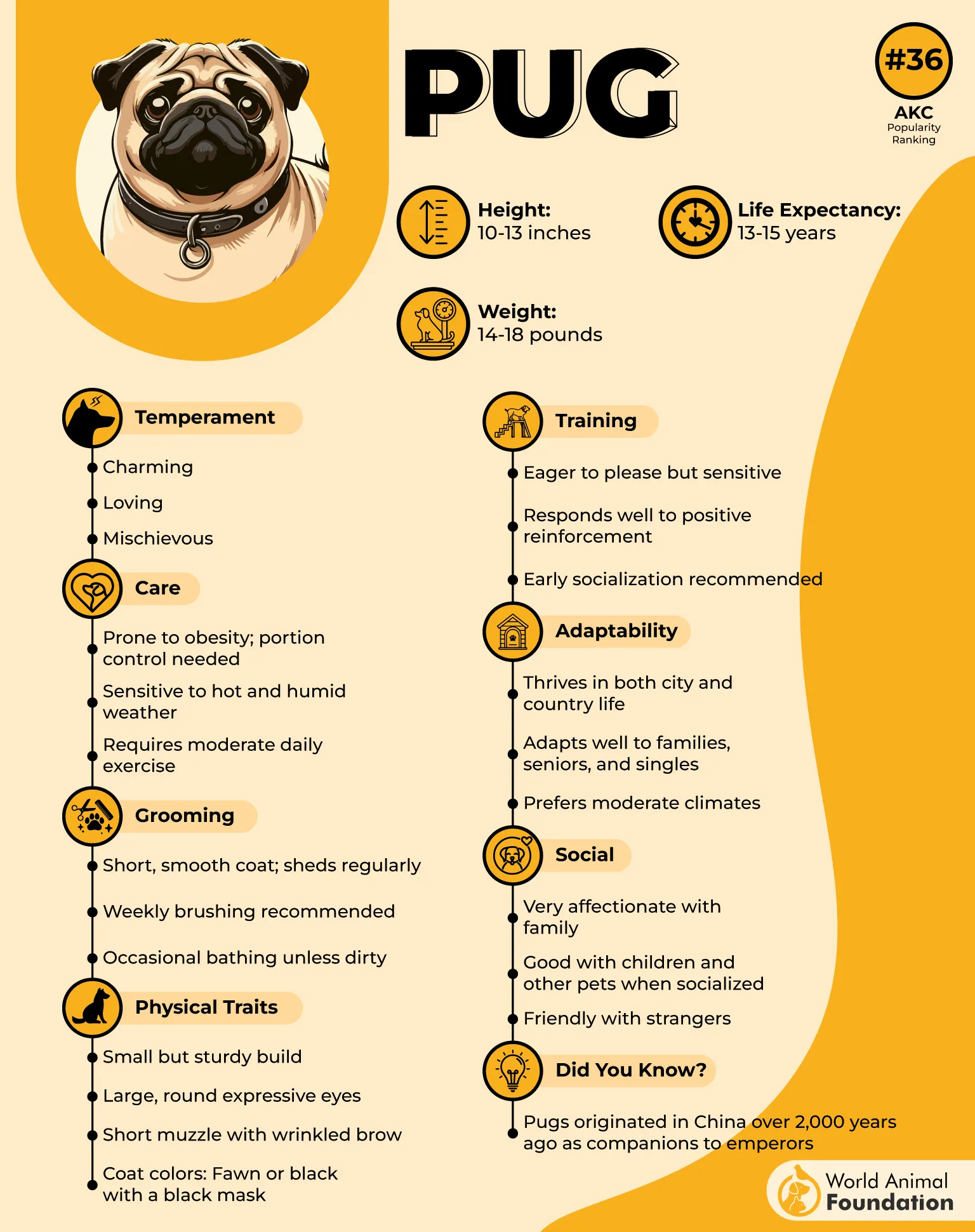
City folks love them for their adaptability to small spaces, and they’re a constant source of entertainment (even when they’re just breathing). The average cost is between $500 and $1,500, though premium pups can go beyond $2,500.
Inexpensive Perks
Low grooming needs
Apartment-friendly
You don’t need Netflix—they are the entertainment
Pugs don’t require much space, and their short coat is low-maintenance. They’re generally healthy with proper care and, thankfully, don’t need a 5-mile jog to be content (they’d prefer a couch and snacks anyway).
Pugs are prone to health problems such as brachycephalic syndrome and eye conditions because of their unique facial anatomy, often necessitating specialized veterinary attention.
5. Chihuahua
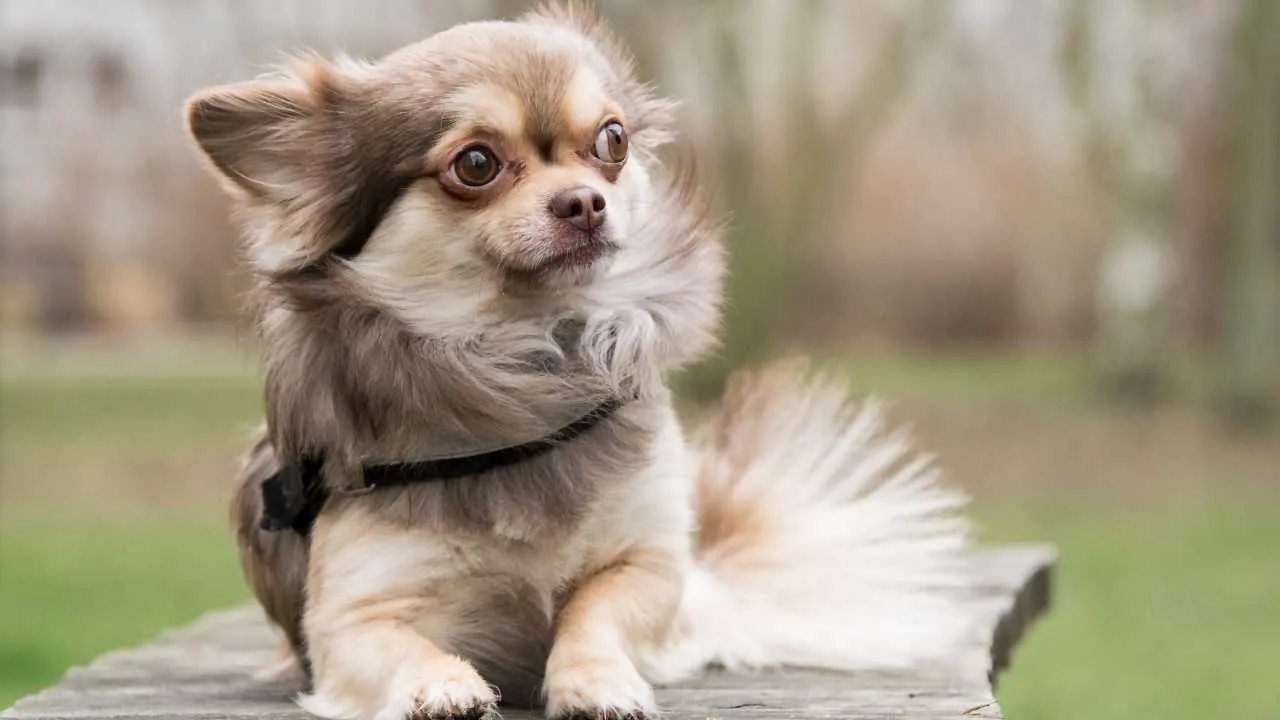
Tiny but mighty, the Chihuahua brings big dog attitude in a teacup-sized body. Don’t be fooled by their size—they will fiercely guard your home, your shoes, and your heart.
Chihuahuas, recognized as the smallest dog breed by many kennel clubs like the AKC, are popular due to their size and high demand. Their small size also means small dog food bills, few vet visits, and tiny sweaters that cost less than your coffee.
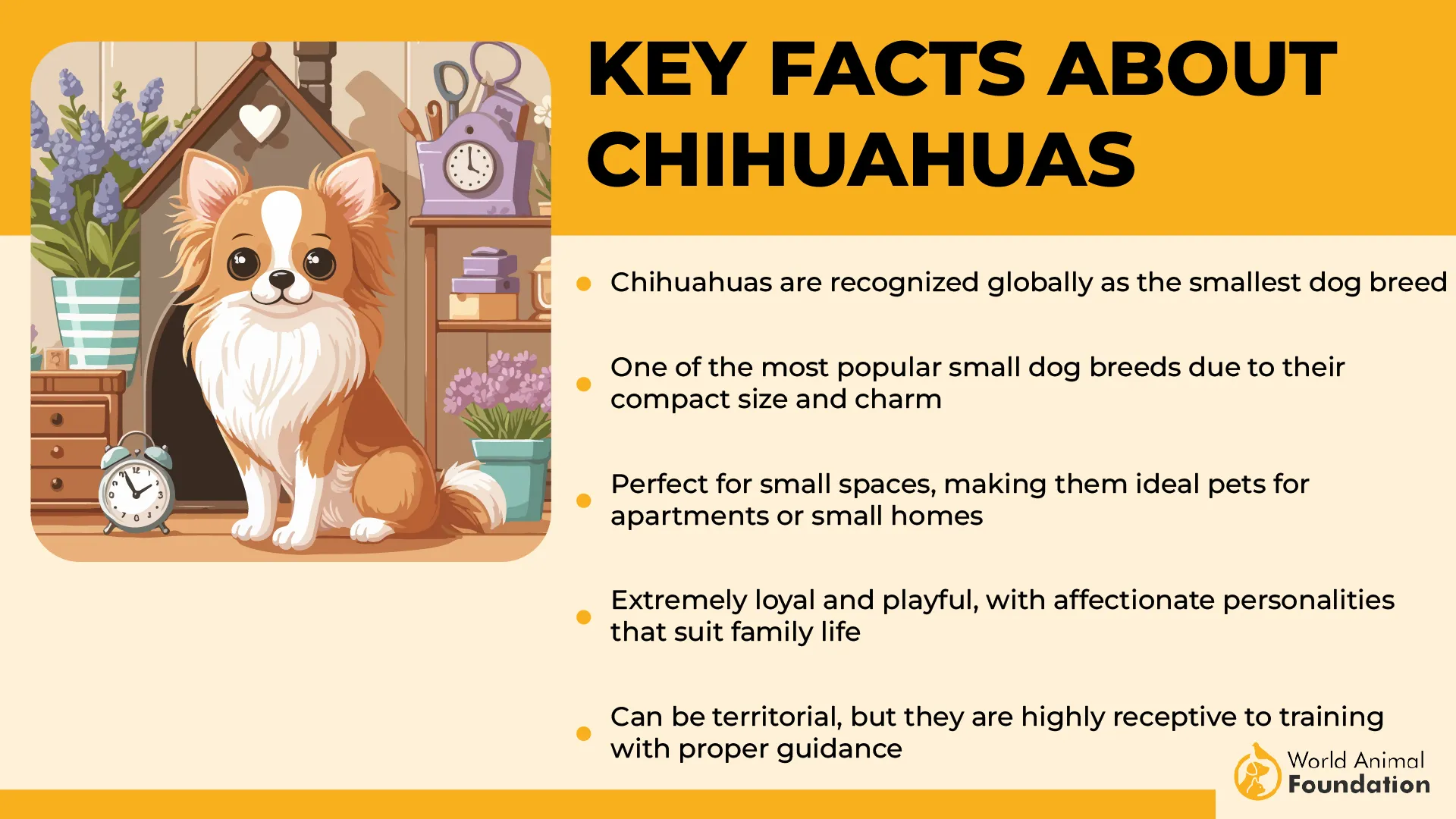
Their prices typically range from $500 to $2,000, but rare colors and champion lineages can push the price over $3,500. Still, they’re often one of the cheapest breeds to own overall due to their size and space-saving lifestyle. Plus, you won’t need a giant backyard—just a patch of sunlight and a throne (a.k.a. your lap).
Inexpensive Perks
Eat like a bird (a fancy one)
Practically pocket-sized = no need for a huge home
Grooming? A quick wipe and they’re good to go
Petplan notes that Chihuahuas are prone to separation anxiety and will be most content in households where someone is always present.
While they can be independent and a bit stubborn, proper training helps them become obedient pets. They’re low-exercise dogs, too, so a short walk or indoor play session keeps them happy. Just be prepared: they’ll claim your lap as their throne and judge everyone from it.
6. Shih Tzu
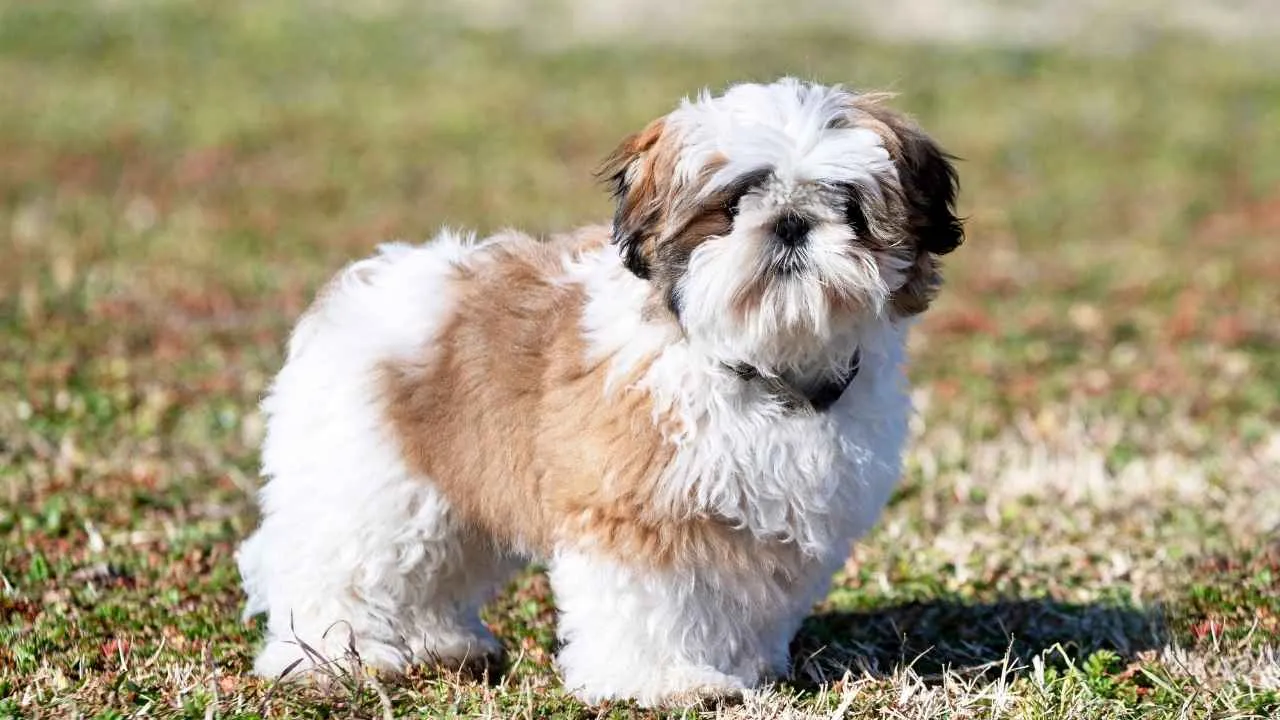
The Shih Tzu is a Tibetan toy breed originally bred to be a cuddly companion. Known as “lion dogs” due to their name, they were linked to Buddhism and bred to resemble lions. The Shih Tzu quickly gained popularity among the upper class and remains one of the most beloved dog breeds in the United States.
These dogs are adaptable, sweet-tempered, and surprisingly affordable to keep happy, especially if you keep their coat trimmed short (puppy cut, anyone?).
Weighing between 9–16 pounds and averaging around 10 inches in height, Shih Tzus have long, smooth coats, a squished muzzle, a noticeable underbite, and short, floppy ears.
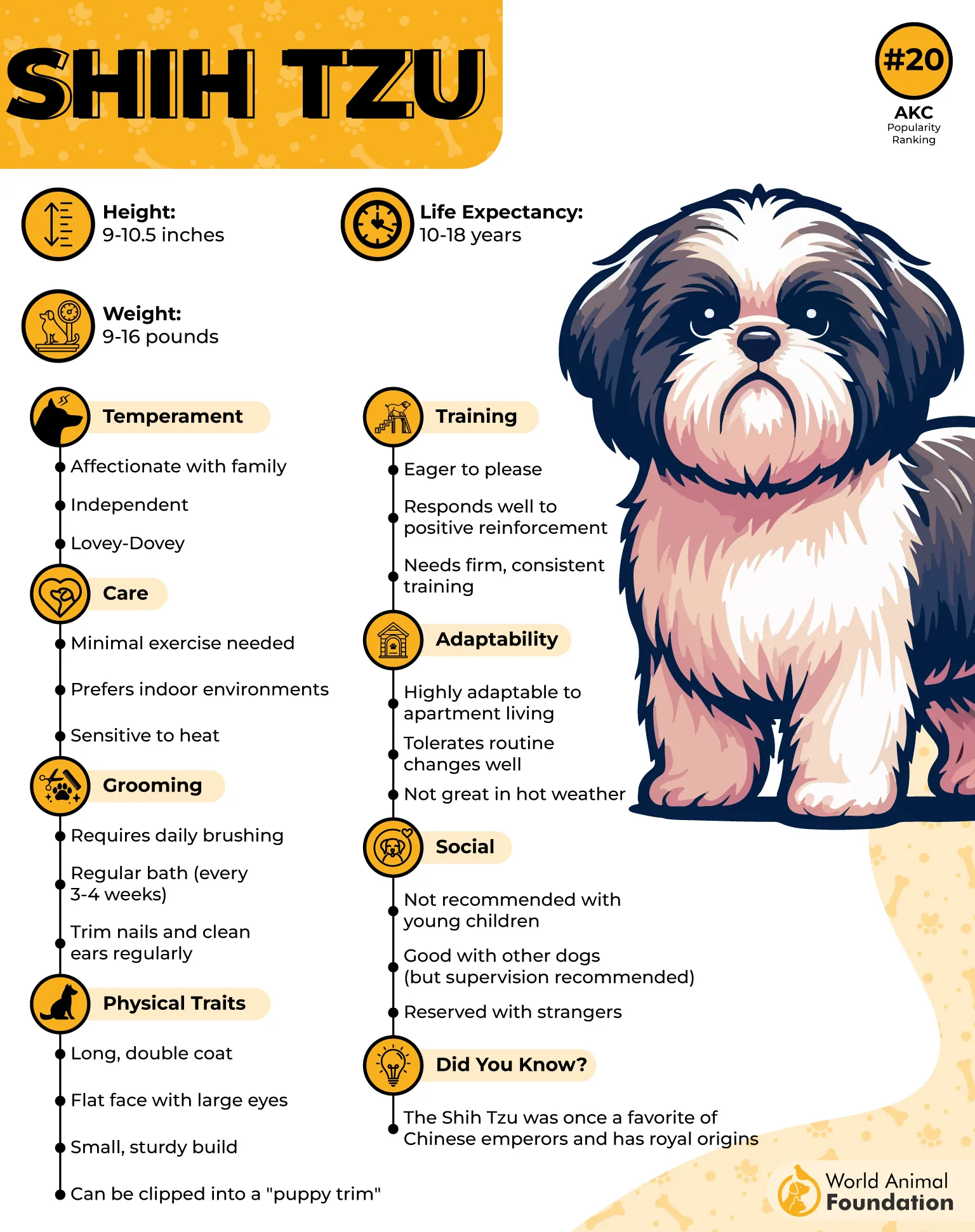
A regular Shih Tzu will cost around $750–$1,500, while teacup versions (because, of course, those exist) can hit $2,500. Want to save more? Shih Tzu mixes are cheaper and just as fabulous at $400–$1,000. But be ready for grooming galore—these little fluff balls don’t wake up looking like that.
Inexpensive Perks
Happy in small spaces
Grooming is manageable with a short coat
Loyal, loving, and a walking teddy bear
They’re generally healthy, don’t require tons of exercise, and are perfectly content being spoiled indoor royalty. A few treats, a brush here and there, and they’re living the good life.
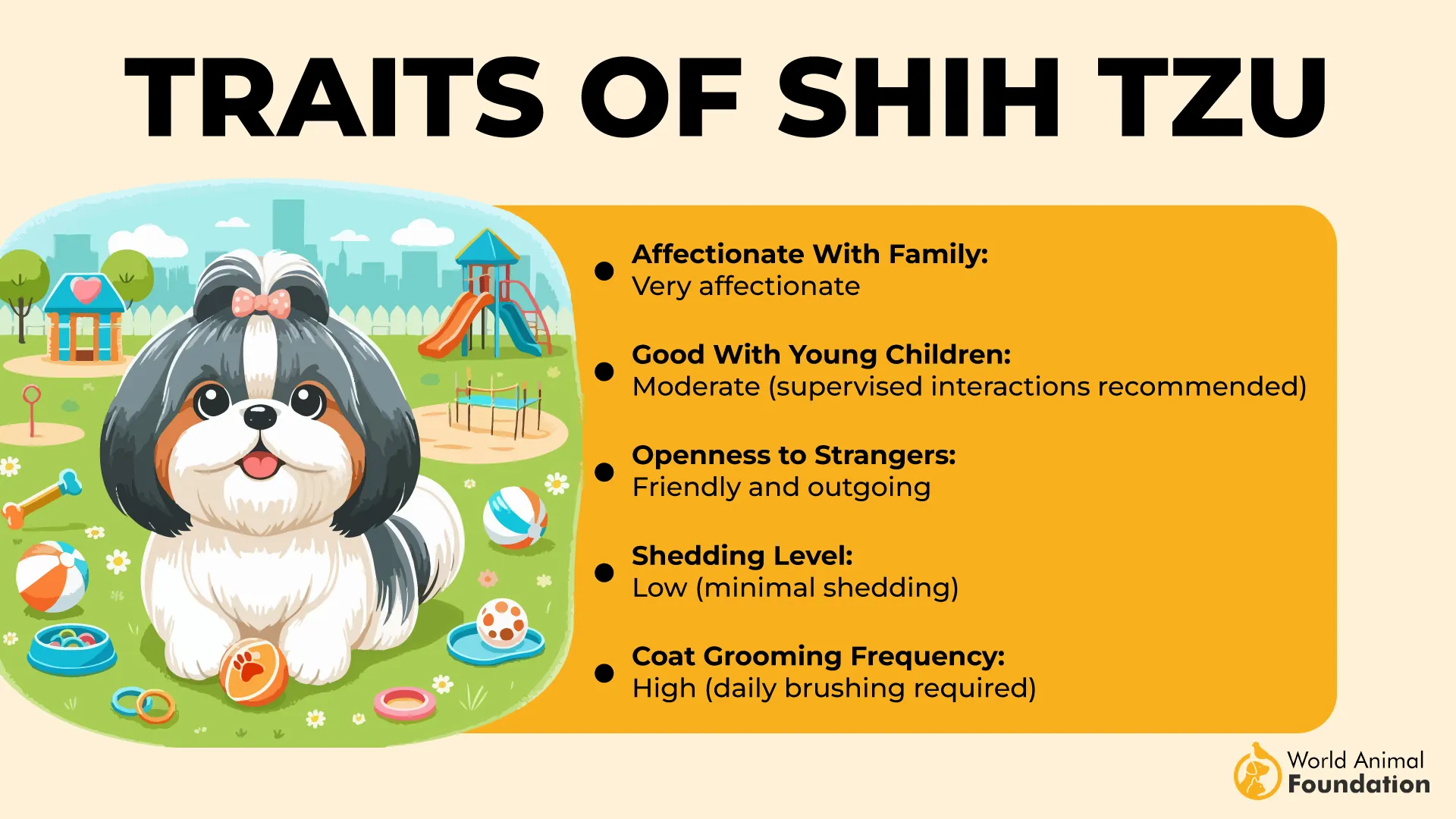
Shih Tzus don’t shed much and are often considered a “hypoallergenic” breed, though no dog is entirely hypoallergenic. However, their coat is prone to tangling and matting.
7. Bichon Frise
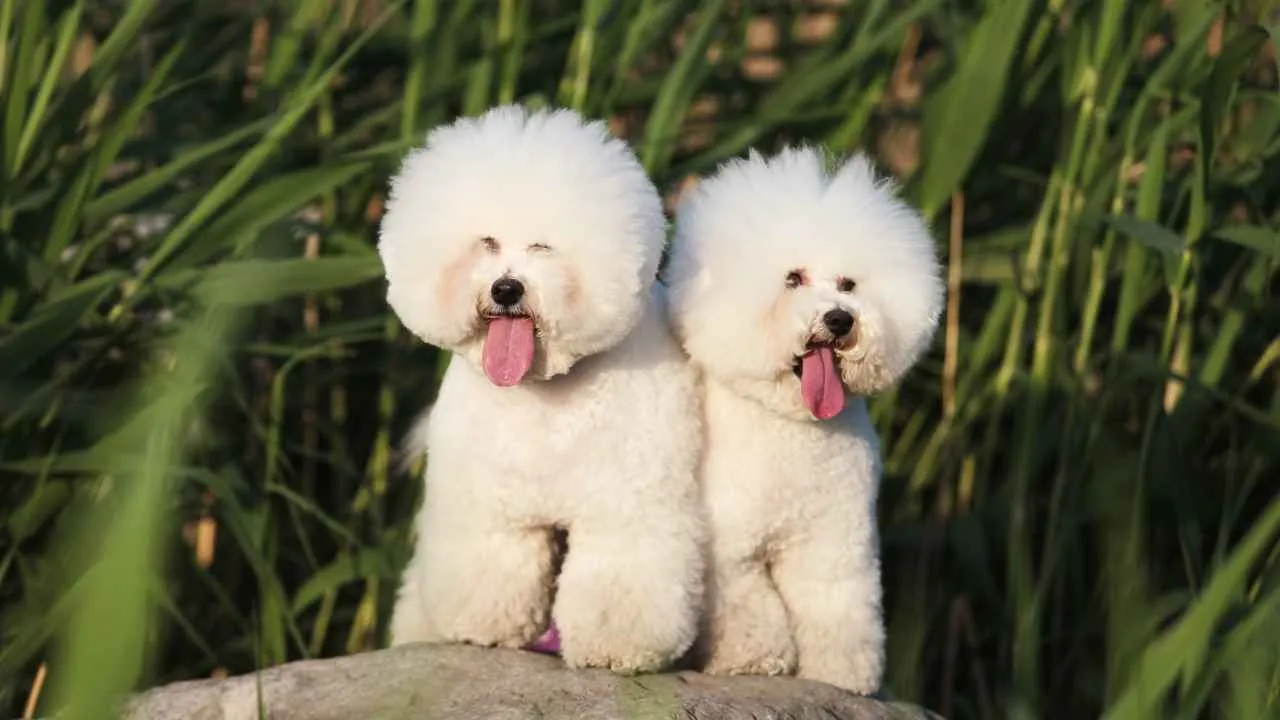
A Bichon looks like a walking cotton ball, but don’t worry—this teddy bear-looking breed doesn’t require a glam squad. They’re known for being cheerful, hypoallergenic, and relatively healthy.
Standing between 9 and 12 inches at the withers, these small dogs have a white coat that curls gently and a dense undercoat, giving their fur a springy, plush texture. They’ve gained popularity as show dogs, companion animals, and therapy dogs.
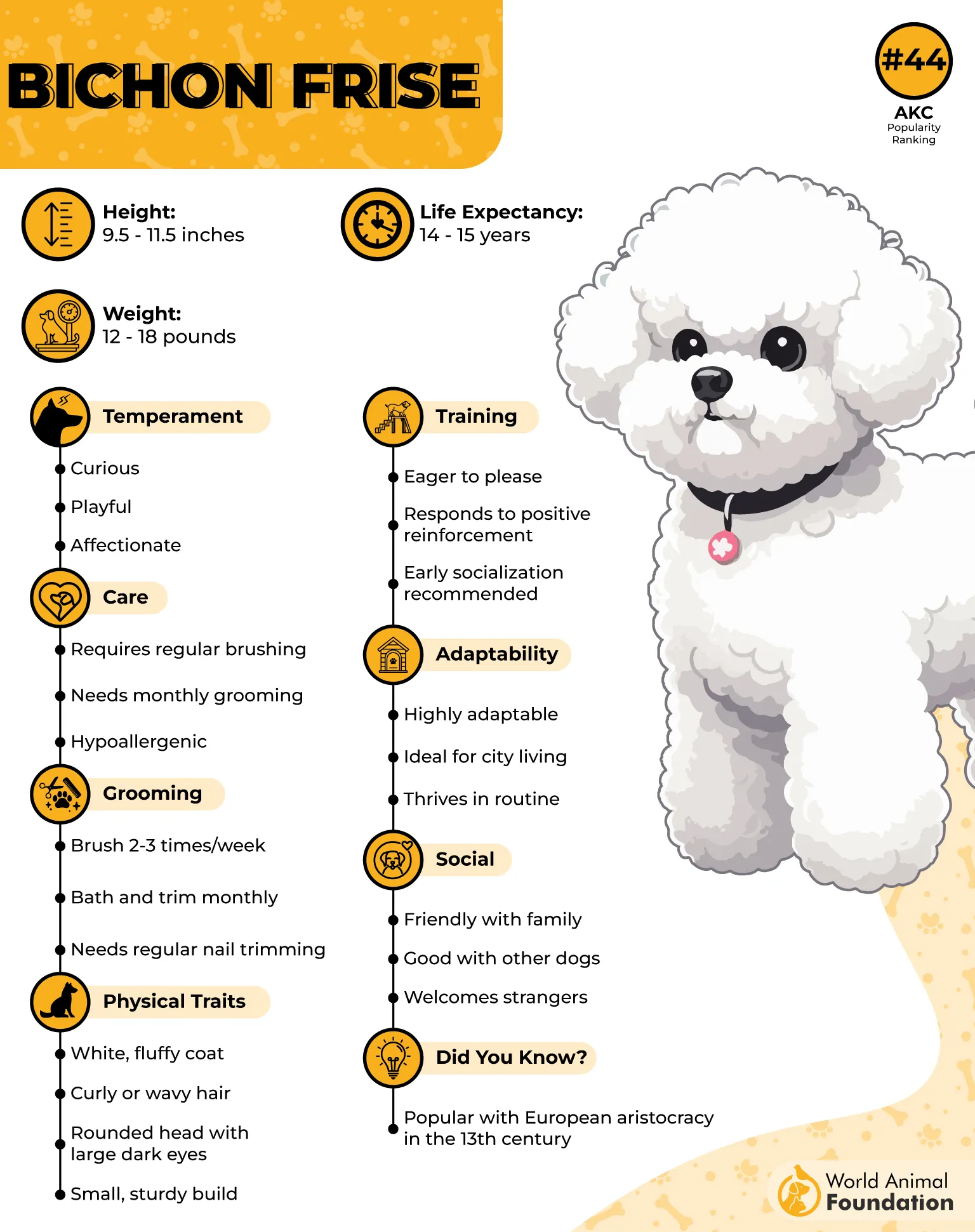
They’re not only budget-friendly when adopted ($50–$500), but the right breed can bring charm to any home (especially ones with couches they can nap on for hours).
If you’re buying from a breeder, be prepared to spend an average cost between $1,500–$2,500. And while they won’t eat you out of house and home, monthly upkeep can range from $115–$370, largely due to grooming needs. Yes, beauty does come at a price.
Inexpensive Perks
Small appetite, big personality
Low shedding = less vacuuming and grooming expenses
A cuddle expert who’s always camera-ready
While they do need regular brushing to keep their coat from matting, you can learn to do it at home and save on grooming bills. They don’t eat much, love playing indoors, and are great with kids, making them a fabulous budget-friendly family companion.
Bichons can become snappy when stressed, but generally, they are cheerful and easygoing. However, they may experience separation anxiety if left alone for extended periods.
Conclusion
When it comes to choosing the best inexpensive dog breeds, pet owners should consider more than just the adoption fees or initial cost. Rescue dogs and shelter dogs are often the most affordable dog breeds, as they come with lower upfront costs and sometimes even include vaccinations or preventive care. Owning a dog, especially a mixed breed, is another smart choice—they tend to have fewer health issues and can save you on medical expenses and vet costs in the long run. Other breeds like the Rat Terrier, Manchester Terrier, Pit Bulls, German Wirehaired Pointer, English Setter, Cocker Spaniel, and even the Bichon Frise (with regular brushing and DIY grooming) can be great low-cost options depending on your living space and lifestyle.
Many of these small dogs need little grooming, which cuts down on the need for professionals. Some basic tools like nail clippers and a brush can go a long way. Pet insurance can also help manage surprise vet bills, especially for breeds prone to common issues like hip dysplasia. Always consider the average lifespan, long-term expenses, and total pet care needs of a breed before making a decision. Avoiding puppy mills and adopting from trusted sources ensures a healthier start to your furry friend’s life and helps you save money over time.


